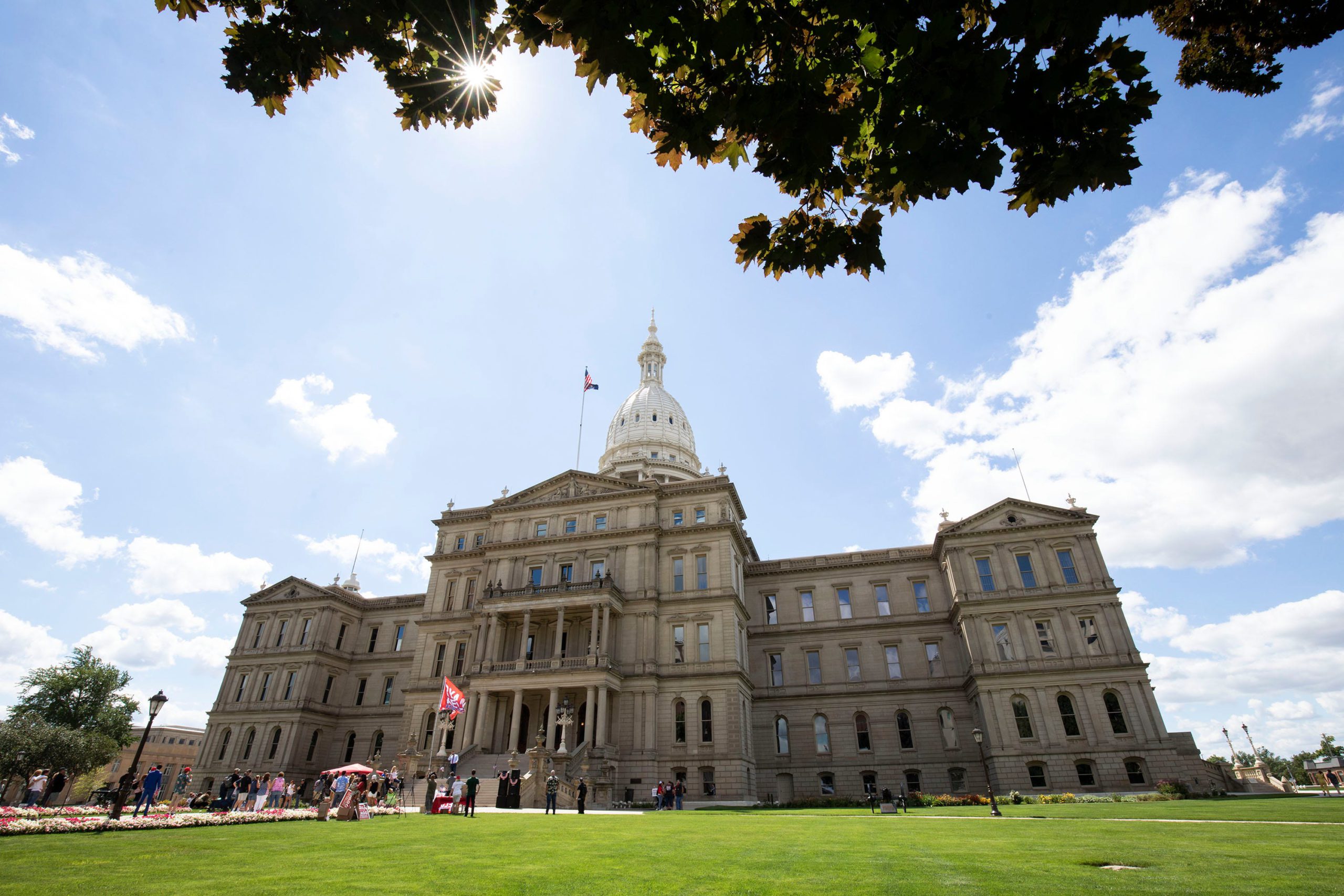

In a win for unions, Michigan Gov. Gretchen Whitmer signed Democratic legislation repealing thestate's right-to-work law Friday.
The move makes Michigan the first state in decades to repeal the union-restriction law. Whitmer also signed legislation restoring a prevailing wage law that the state’s Republican lawmakers repealed in 2018.
"Today, we are coming together to restore workers’ rights, protect Michiganders on the job, and grow Michigan's middle class," Whitmer said in a statement Friday. "Michigan workers are the most talented and hard-working in the world and deserve to be treated with dignity and respect."
Stay in the conversation on politics:Sign up for the OnPolitics newsletter
What is ‘right-to-work’?
Right-to-work laws prohibit union security agreements, which is a contract between a labor union and employers that require all employees benefiting from the union contract to pay their share of costs, according to the Cornell Law School’s Legal Information Institute.
Contrary to its name, right-to-work laws make it “harder for workers’ organizations to sustain themselves financially” and “aim to undermine unions’ bargaining strength,” according to the Economic Policy Institute.
Win for unions: Whitmer repeals Michigan's 'right-to-work' law, brings back prevailing wage
Without Michigan, 26 states and Guam now have right-to-work laws, according to the National Conference of State Legislatures.
How have unions responded?
Michigan's repeal of its right-to-work law is a seen as a major win for labor unions.
“After decades of anti-worker attacks, Michigan has restored the balance of power for working people by passing laws to protect their freedom to bargain for the good wages, good benefits, and safe workplaces they deserve,” Ron Bieber, Michigan AFL-CIO president wrote in a statement Friday.
More:Teamsters President Sean M. O'Brien, GOP senator clash in hearing on union organizing
How large is union membership in the United States?
Union membership has been steadily falling for decades, reaching an all-time low last year. Roughly 10% of U.S. wage and salary workers were members of unions in 2022, 0.2 percentage points down from 2021 and the lowest union membership rate on record, according to the U.S. Department of Labor Statistics.







